Spices and herbs play a big role in Chinese food, adding all sorts of yummy flavors and smells. Imagine the spicy tingle of Sichuan peppercorns or the nice smell of star anise. In this article about ‘Spices & Herbs in Chinese,’ we’ll dig into the interesting things about these ingredients and how they make Chinese food taste so good.
Herbs
Basil 罗勒 luólè
Parsley 欧芹 ōuqín
Cilantro 香菜 xiāngcài
Are Cilantro and Coriander really the same thing? It seems like definitions vary from country to country. In the United States, the leafy part of this plant is called “Cilantro,” while the seeds are referred to as “Coriander.” Some also claim that “Cilantro” is just the Spanish translation of “coriander.” In Chinese, “Coriander” is known as 芫荽 yánsuī, while 香菜 xiāngcài is a more general term.
Sage 鼠尾草 shǔwěicǎo
Rosemary 迷迭香 mídiéxiāng
Bay leaf 月桂叶 yuèguìyè
Oregano 俄勒冈 élègāng
Mint 薄荷 bóhé
Vanilla 香草 xiāngcǎo
Chives 韭菜 jiǔcài
In Chinese cuisine, 韭菜 jiǔcài refers to “Leek,” and some foreign supermarkets may even label it as “Chinese Chives.” However, this chive is often confused with “Scallion,” which refers to 葱 cōng. Some simple dishes that feature Chinese Leek include Chinese Chive Stir Fry with Pork or 苍蝇头 cāngyíngtóu, literally translating to “Flies’ Heads” in Chinese. I know it sounds unappetizing, but it pairs wonderfully with rice and is surprisingly delicious.
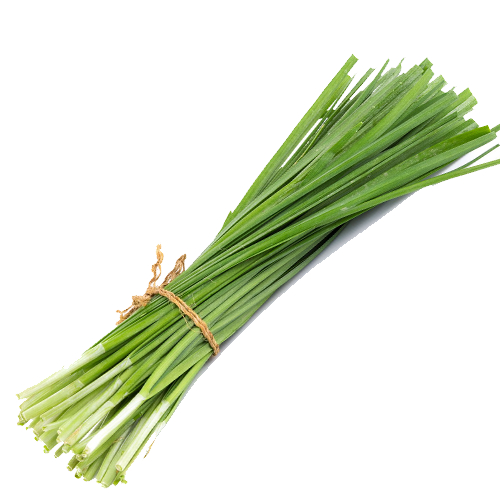
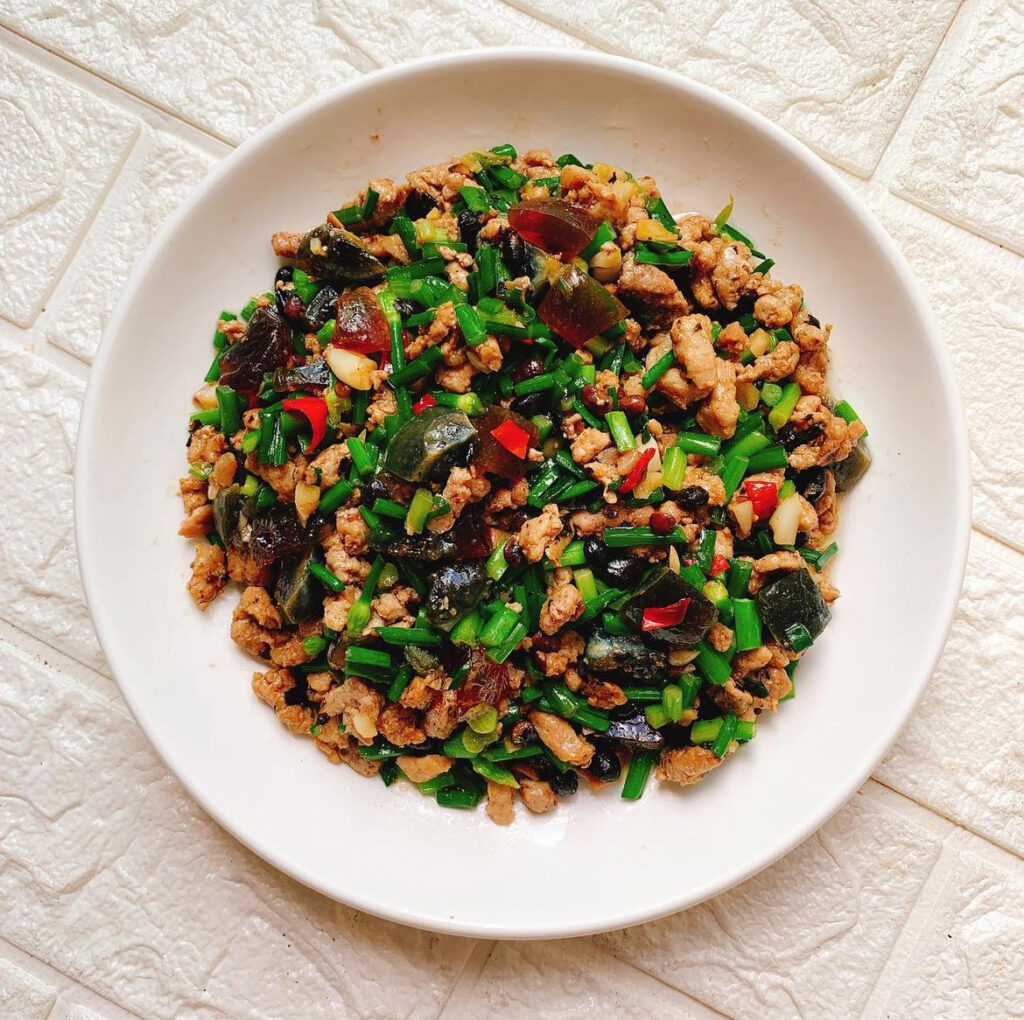
Thyme 百里香 bǎilǐxiāng
Dill 莳萝 shíluó
Fennel 茴香 huíxiāng
Lemongrass 柠檬草 níngméng cǎo
Ginger 姜 jiāng
Garlic 蒜 suàn
Scallion 葱 cōng
Scallions are integral ingredients in many Chinese dishes. They are used in a variety of stir-fries, dumplings, and savory scallion pancakes, contributing both flavor and texture to the dish.
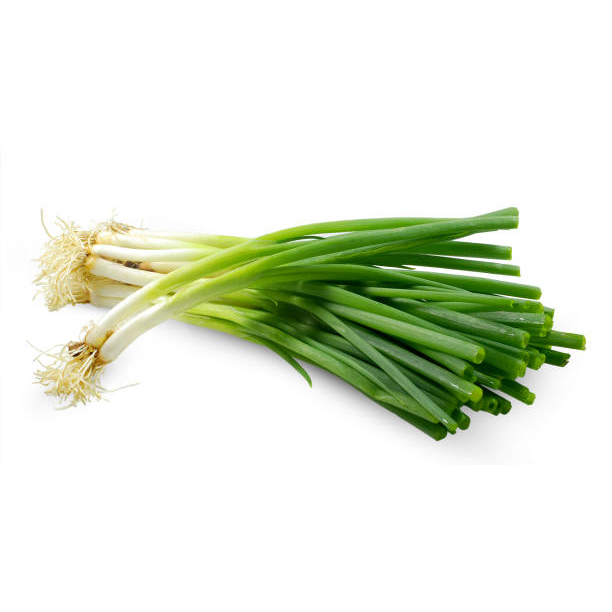
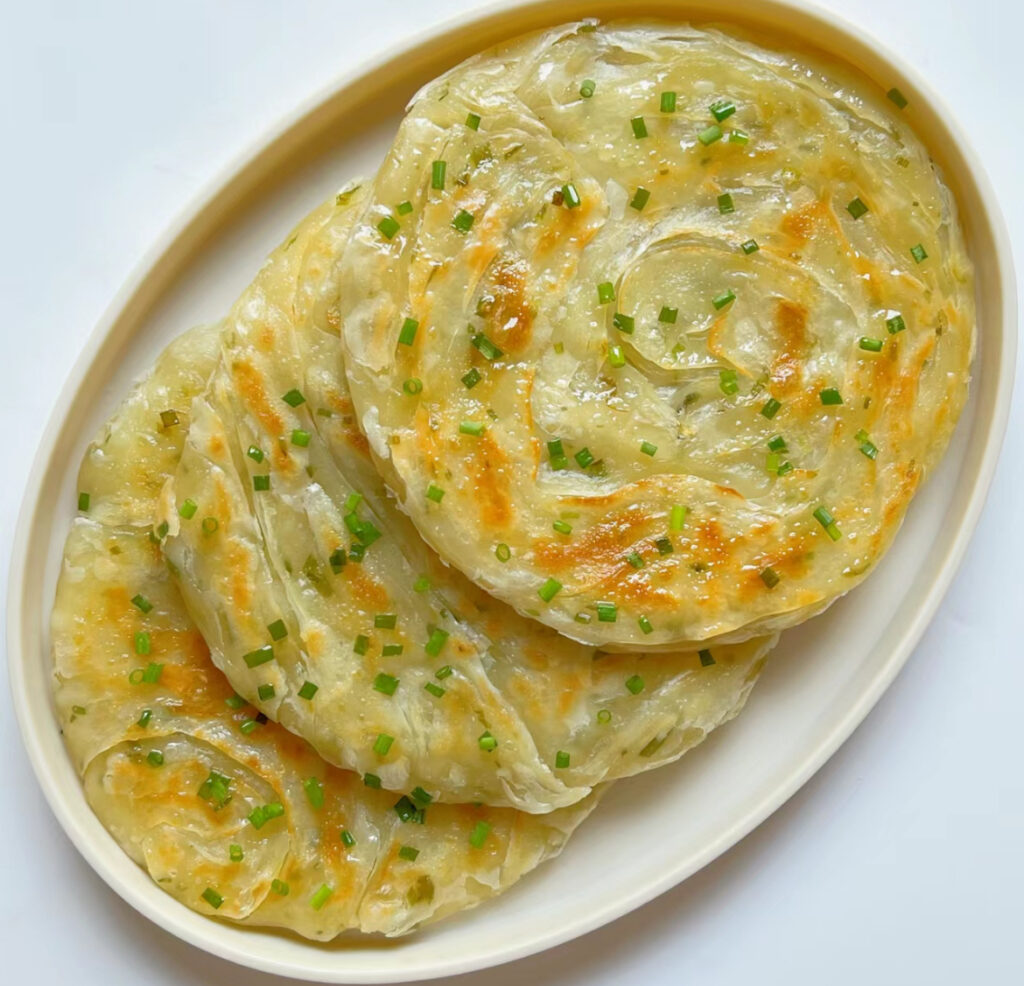
Cooking Time – Scallion Pancakes
Spices
Cumin 孜然 zīrán
Cardamom 小豆蔻 xiǎo dòukòu
Cinnamon 肉桂 ròuguì
Also known as “桂皮 guìpí.”
Allspice 多香果 duōxiāng guǒ
Allspice comes in two forms: “整颗 zhěngkē (Whole)” and “碾碎 niǎnsuì(Ground.)”
Cayenne Pepper 红椒粉 hóngjiāo fěn
Also known as “牛角椒 niújiǎo jiāo.”
Sichuan Peppercorns 花椒 huājiāo
Sichuan peppercorns are famous for their numbing “ma” sensation, which is akin to a pins-and-needles feeling. They add an extra layer of flavor to any spicy dish. Some simple dishes that feature Sichuan peppercorns include MaPo Tofu and DanDan Noodles.
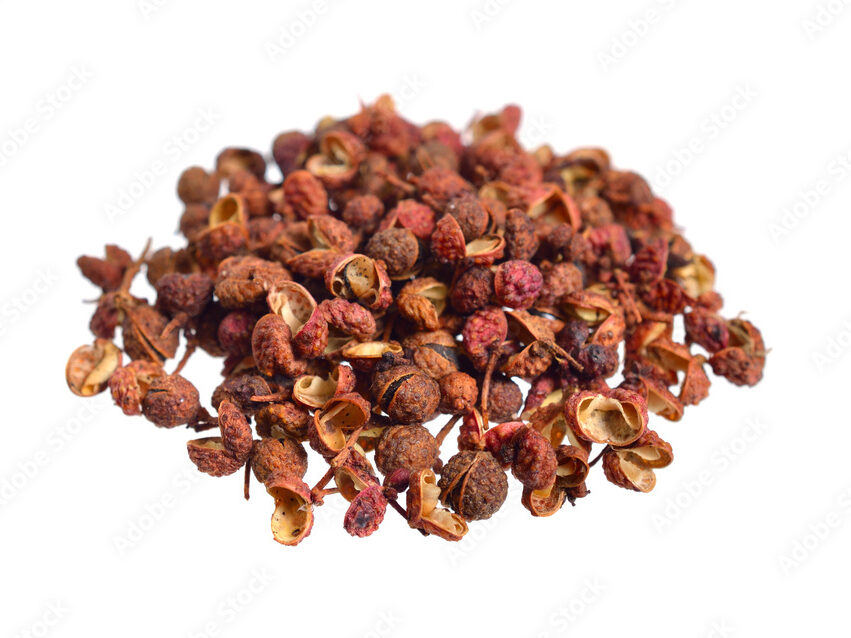
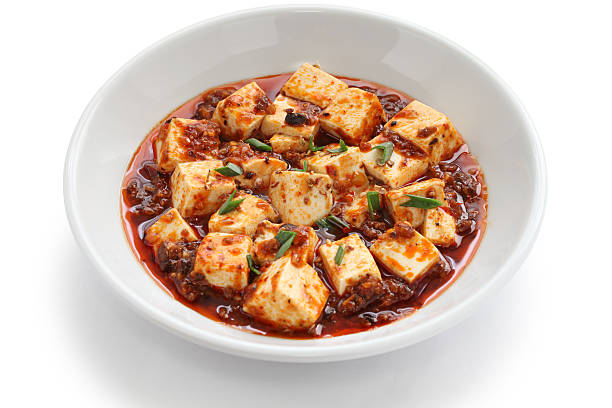
Chili Powder 辣椒面 làjiāo miàn
Dried Chillies 干辣椒 gān làjiāo
Just like Sichuan peppercorns bring that numbing “ma” sensation, their spicy counterparts provide the “la,” the heat. Together, they craft that coveted “ma la” flavor that Sichuan cuisine is known for. So, if you’re a spice enthusiast, consider making your very own chili oil. Then, let it generously flow over anything from dumplings to dishes like the Kung Pao Chicken. Your taste buds will thank you!
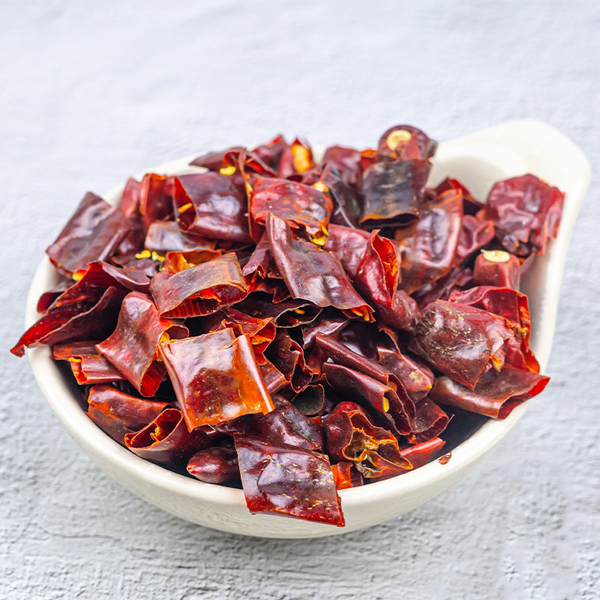
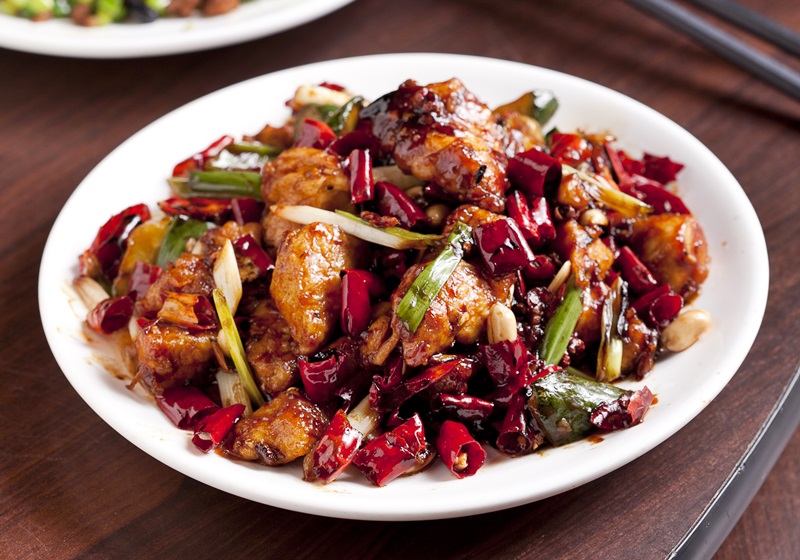
Paprika 西班牙辣椒粉 xībānyá làjiāofěn
Black Pepper 黑胡椒 hēi hújiāo
White Pepper 白胡椒 bái hújiāo
Anise (Star Anise) 八角 bājiǎo
“Star anise,” also known as “八角” bājiǎo, “八角茴香” bājiǎo huíxiāng, and “大料” dàliào, is an essential seasoning in Chinese and Southeast Asian cuisine. Star anise can be used in various cooking methods such as boiling, frying, stewing, making sauces, and roasting. It can also help eliminate the gamey odor in meat, enhancing the overall flavor.
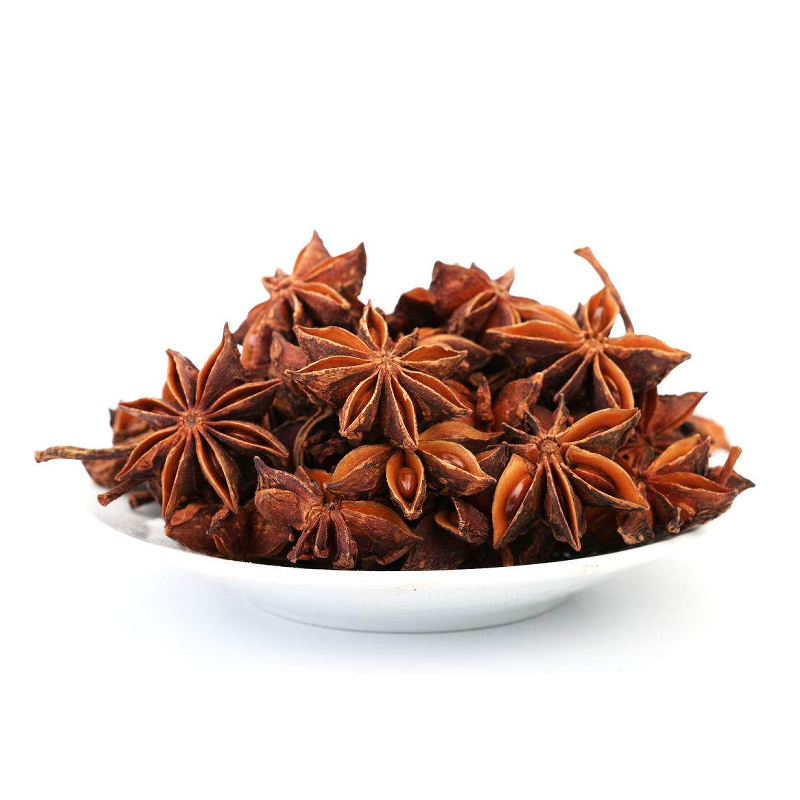

Cloves 丁香 dīngxiāng
Garlic Powder 大蒜粉 dàsuàn fěn
Coriander Seed 香菜籽 xiāngcài zǐ
Nutmeg 肉豆蔻 ròudòukòu
Saffron 藏红花 zànghónghuā
Also known as “番红花 fānhónghuā.”
Poppy Seeds 罂粟籽 yīngsù zǐ
Turmeric 姜黄 jiānghuáng
Tamarind 酸角 suānjiǎo
Chinese Five Spice Powder 五香粉 wǔxiāngfěn
This is (as suggested by the name) a blend of five different spices rather than a singular key spice. It is typically made from:
- Sichuan peppercorns
- Star anise
- Cinnamon
- Fennel
- Cloves
Dried Orange Peel 陈皮 chénpí
It is commonly used in both traditional Chinese medicine and cooking. It serves several functions and purposes:
- Aids Digestion: It is believed to aid in digestion and can help alleviate stomach discomfort and bloating.
- Flavor Enhancer: It is a common ingredient in Chinese cuisine, particularly in dishes like stews, braised meats, and pastries. It adds a fragrant aroma and flavor to dishes.
- Traditional Chinese Medicine: It is a component of many traditional Chinese medicine formulations used to treat various health issues. It is thought to have functions such as soothing the liver, invigorating the spleen, aiding digestion, and eliminating dampness.
- Dampness Removal: In traditional Chinese medicine, it is used to help remove dampness from the body, which can be beneficial for conditions like rheumatism and arthritis.


